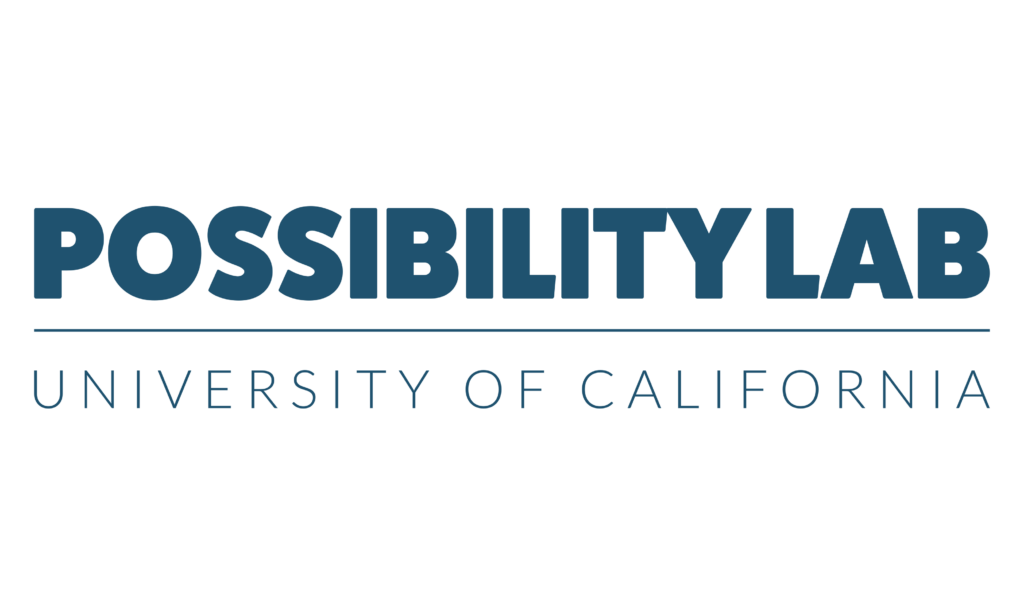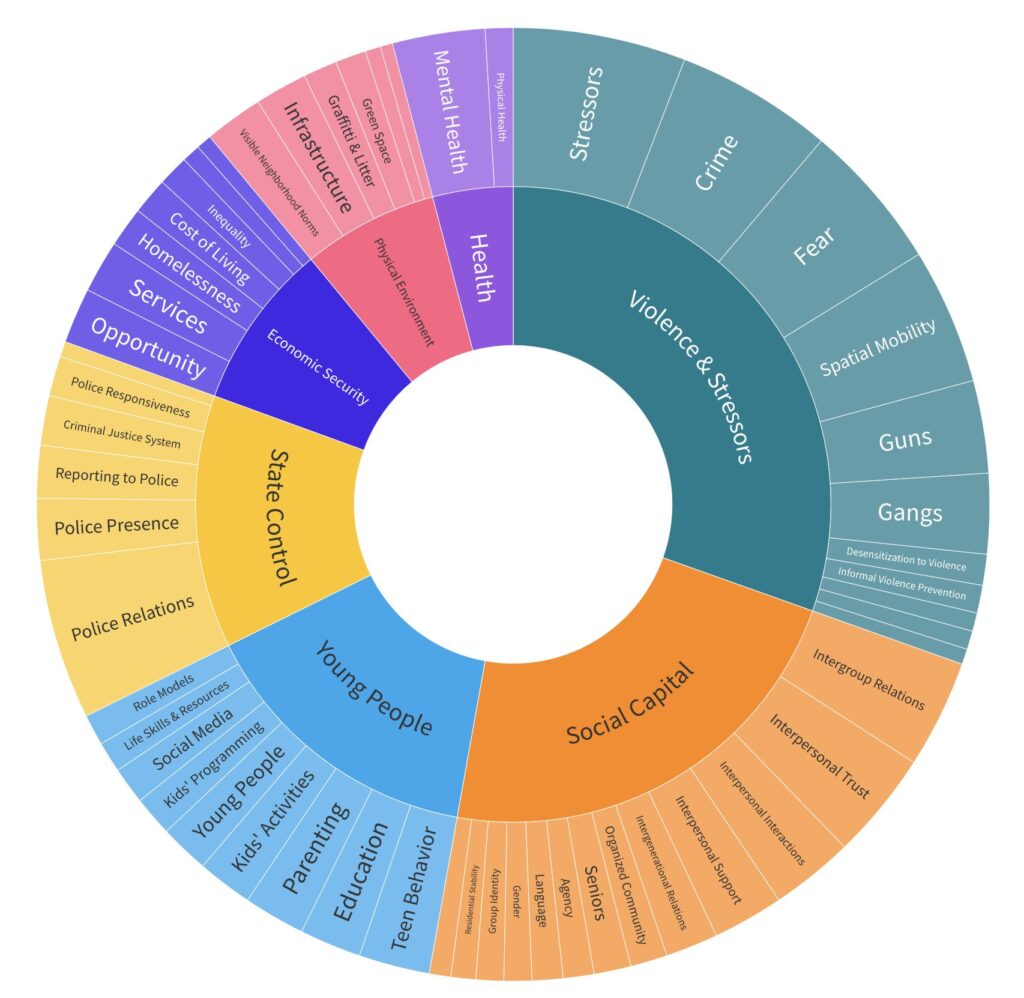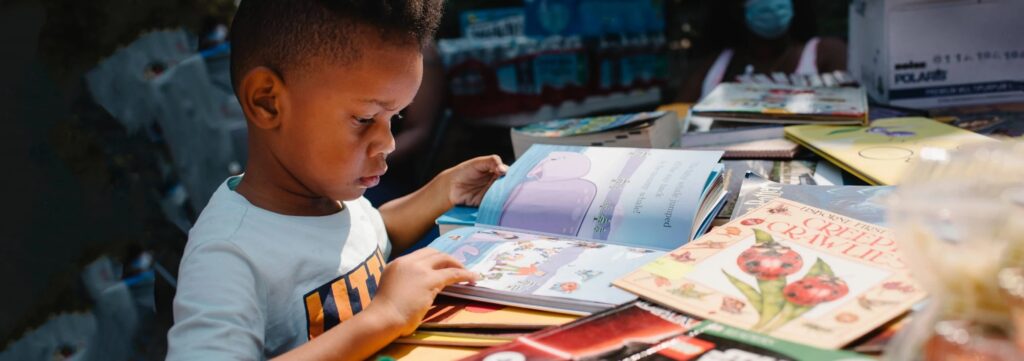


TRYBE
With a focus on education and building around existing educational infrastructures, Trybe infuses a community-based/youth-led/culturally designed innovation into the field.
Through after-school clubs, early-childhood playgroups, mentoring, skills-building, leadership training and paid internship opportunities, and large community-building events, Trybe helps shift youth and their families lives in positive ways and nurtures indigenous leaders from within the community.


TRYBE PROGRAMS
Food Mutual Aid
Mutual aid through food recovery and food sharing has an essential service since 2007
Afterschool Enrichment and Summer Camp
Afterschool programming for children grades K-5 in Art and Sports. Programming is held in sessions throughout the school year.
Youth Programs
Trybe provides hard-to-reach youth with essential life and workplace skills training, consistent mentors, after-school enrichment programs, retreats, college/career trips, and activities.
Trybe Tots
Trybe provides kindergarten readiness programming and resources to families with children under age 6.
The Firsthand Framework
Process
Click each step to learn more
We partnered with six organizations to reach nine different communities of Oakland residents
defined across
- geography (e.g., neighborhoods, housing developments, proximity to parks)
- identity (e.g., shared race, ethnicity, nationality and/or language)
- association (e.g., membership in institutions like churches or civil society organizations)
- and shared experiences (e.g., formerly incarcerated, violent crime survivor, refugee)
Alongside our partners, we conducted 24 focus groups with a total of 330 participants.
Each focus group invited residents to discuss the signs and signals that they are already using to assess both the presence and absence of public safety in their community.
Next, we convened larger town halls with each community, totaling about 550 participants.
During town halls, we presented the full list of indicators and asked participants to vote for those that most closely reflected their own experiences of safety.
We coded and analyzed these Firsthand Indicators to paint a vivid and multi-dimensional picture of community safety.
Together, the Indicators reveal the interdependent processes that promote and hinder safety at the community level.
Together with Oakland’s Department of Violence Prevention (DVP), we are using the Firsthand Indicators to identify promising points of intervention.
The Indicators can help DVP promote solutions that differ from traditional public safety policies, which are focused primarily on policing and incarceration.
Finally, we will work with DVP to deploy the Firsthand Indicators as quantitative measures to track progress and evaluate reforms.
The Indicators can be measured using a combination of observational, survey, and administrative data, providing alternatives to top-down metrics of what constitutes “success.”